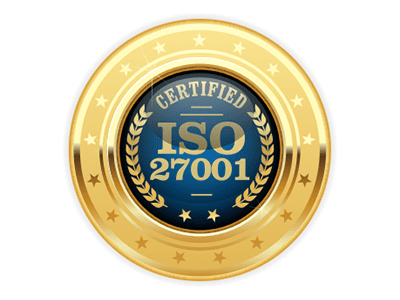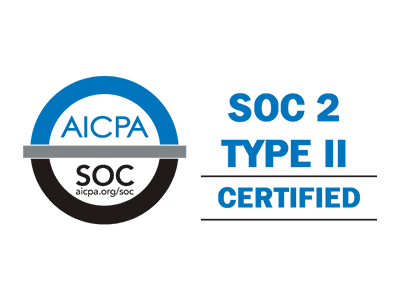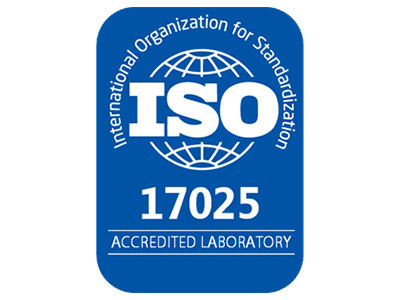Transforming QE for Digital-First Enterprises: From Reactive Firefighting to Proactive Innovation
Quality Engineering is disrupting the traditional digital enterprise business model that has prevailed since the cloud revolution: build fast, test later, and fix issues in production. This reactive approach, which once seemed to enable rapid innovation, now actively undermines the core metrics that drive digital business valuations – retention, growth, and customer lifetime value. The cost of this outdated approach is staggering. According to a 2022 report by the Consortium of Information and Software Quality (CISQ), software bugs caused the US economy losses of over $2.41 trillion annually in 2020.
The trends clearly indicate the fundamental shift in the economics of quality in digital-first businesses. When a quality issue impacts production, it doesn’t just affect a single customer installation – it ripples across the entire customer base simultaneously. This multiplier effect has transformed quality from an engineering concern to a business imperative.
The market is already bifurcating between organizations that treat QE as a strategic driver and those still viewing it as a cost center. This isn’t just about better testing or more automation – it’s about restructuring how SaaS companies create and deliver value in a market where quality experience is the primary differentiator.
The Cost Center Trap
The Legacy Burden
End-of-Cycle Testing Bottlenecks
High Maintenance Costs
Slower Time to Market
Dependency on Manual Processes
Business Impact
Customer Dissatisfaction
Lost Market Opportunities
Escalating Cost of Quality
Technical Debt Accumulation
Making the Shift from Reactive to Proactive QE
Essential Elements for Transformation
AI and Automation Adoption
Experience-Centric Approach
Quality-Driven Culture
The most crucial transformation element is cultivating a quality-driven culture throughout the organization by systematically integrating quality controls into the delivery lifecycle. This means transforming quality from a checkpoint activity to a strategic driver through robust quality gates, process standardization, and intelligent tooling.
Building this culture demands strategic quality gates across the delivery pipeline, standardized processes that align engineering metrics with business outcomes, and modern tooling frameworks that enable predictive quality monitoring. Organizations must invest in clear quality governance models, collaborative workflows that break operational silos, and platforms that enable proactive quality management to drive this transformation effectively.
QK’s 360-degree Approach to Digital Enterprise QE
Exploratory
Controlled
Efficient
Optimize
At the highest maturity level, organizations leverage advanced AI capabilities for self-healing systems, dramatically improving developer productivity, and predictive quality engineering.
This progressive framework is designed to systematically elevate both traditional QE practices and AI-driven innovations, with each stage building upon the previous one to create sustainable quality transformation.
As organizations continue to compete in an increasingly demanding market, the ability to deliver consistent, high-quality experiences will separate industry leaders from laggards. The shift from reactive firefighting to proactive quality management, supported by AI and automation, represents the next evolution in digital delivery excellence. Organizations that embrace this transformation, viewing QE as a strategic driver rather than a cost center, will be better positioned to capture market opportunities and deliver sustainable growth in the dynamic digital landscape.





